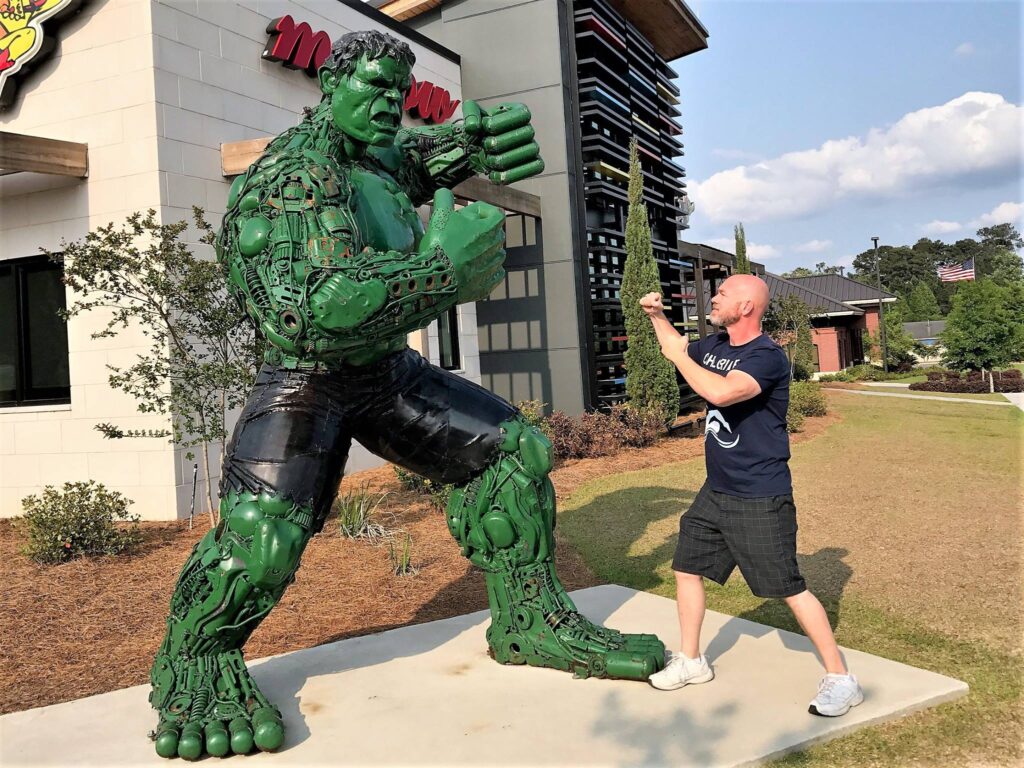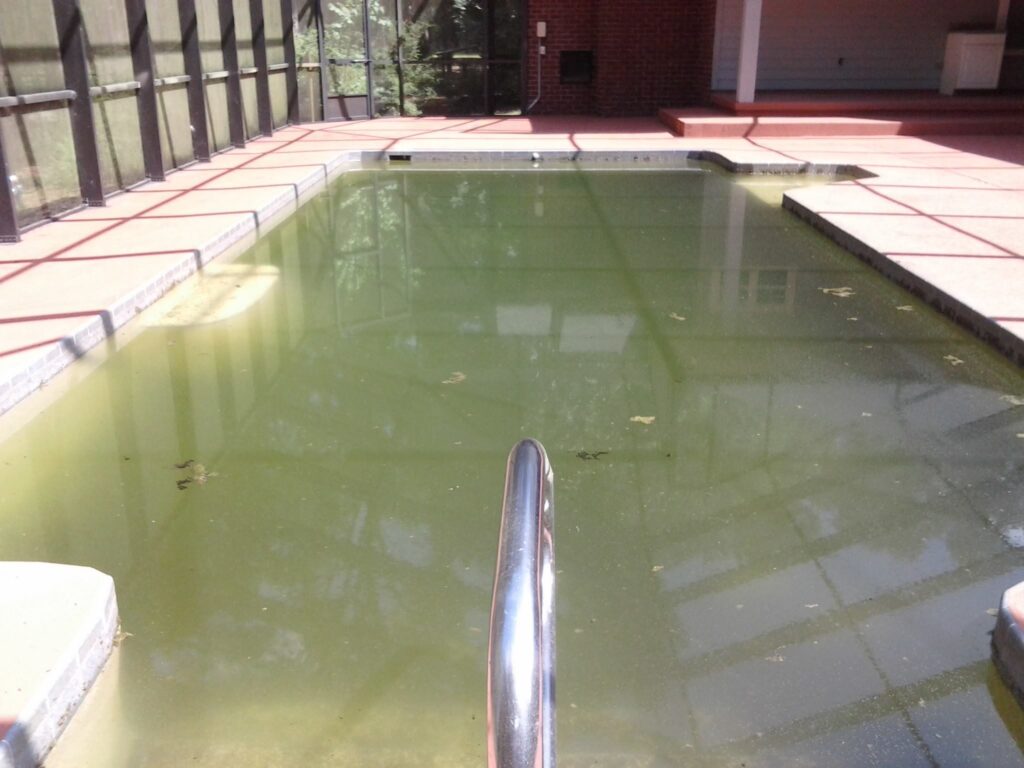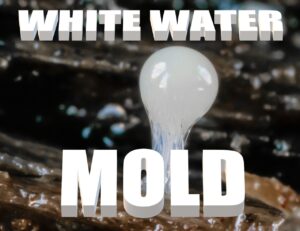?Charophyta & Chlorophyceae
Okay, this should be the easy one, right? Green alga is certainly the most common algae we face in a swimming pool and is definitely the least difficult to eradicate. But, how well do we know the green algae that we are fighting at times in swimming pools? If you search the internet you’ll see the answer is not very well. Get Rid of Green Algae. The majority of books, blogs, articles, and sometimes pure propaganda all refer to green swimming pool algae as Chlorophyta which is inaccurate. Wait, what?
Get Rid of Green Algae
Chlorophyta is primarily a marine (saltwater) algae. Though the class Chlorophyceae is predominantly a freshwater species and is in that phylum. With 2,500 species, Chlorophyceae would be the better name for green algae except for the existence of Charophyta which is a phylum of its own. There are nearly 3,500 species in this umbrella and is entirely freshwater. Though you are more likely to see Chlorophyceae than any other class. Maybe in this case, “Green” is the best thing to call it.

My Pool was Clear Yesterday
How many times have you heard someone say that? Pool Pros are not typically shy and are quick to call bullshit, but could this actually happen? A clear blue pool realizes a massive bloom going from clean to green in a matter of hours sounds a bit far fetched. Maybe if it was a hazy blue, you know that look the water gets where you know it’s gonna turn, maybe in those instances.
Species are both unicellular and multicellular and reproduce by cell division, asexual, and sexual means; the class as a whole. They are photosynthetic which means they use chlorophyll to perform photosynthesis to produce food, with the help of sunlight, from carbon dioxide and water. They can be planktonic (free-floating) or benthic (adheres to the pool’s walls).

All of this means we are yet again put into another position where one pool’s green algae are not the same green algae as the next. Although easier to remedy, what works quickly in one pool may not work near as well in the next. Another case to be made for the “Personal Pool Medicine” trend?
How does it get in the pool?
We know algae spores can become airborne and this primarily how the travel from to your pool from a pond (lake, river, stream, swamp, etc). But how are they getting into the air? Waves crashing to the shore have been found to be the means of jettison on larger bodies of fresh-water such as the Great Lakes, Electrostatic attraction to water droplets contained within fog or mist has been known to tote some spores along. Then there is dispersal due to the splashing of rain or precipitation that allows the wind to carry it along.

Who cares. How do you get rid of it?
Now we have some choices. Just don’t pull your punches and you should be okay. We want to dose with enough of whatever we dose with to kill it, otherwise, you’re just going to piss it off and end up aggravated. But, before we do that there are a few preliminary steps we need to take no matter which route we go.
-
- Remove as much debris from the pool as possible. If the water is so green that you cannot see the bottom you will need to blindly scoop out what you can. Do this until there is little to no debris in your net.
- A vacuum head may not be the best choice as the leaf debris will continually clog the vac head, hose, and pump pot.
- A self-contained propeller vacuum may not be your best choice either as the fine particulate can coat the inside of the bag eliminating the suction, causing the vacuum head to float, or forcing the bag to pop off only to be lost somewhere in the pea soup.
- If the pool is Vinyl or Fiberglass you will need to be extremely careful that we do not drag large debris like branches across the pool floor. We do not want to end up tearing or popping a hole in the liner or gouging the fiberglass.
- Test your water chemistry
- Make adjustments to bring the values tested into their acceptable ranges at a minimum, with exception to pH and Total Alkalinity where we get a bit more specific.
- Adjust your pH to the lower end of acceptable at 7.2
- The effectiveness of Chlorine is pH dependant and the lower we adjust it the more effective our chlorine will be. Of course, we do not want to take it so low that we drop below the acceptable range.
- Adjust the Total Alkalinity to between 80 and 100 ppm.
- Adjust your pH to the lower end of acceptable at 7.2
- Make adjustments to bring the values tested into their acceptable ranges at a minimum, with exception to pH and Total Alkalinity where we get a bit more specific.
- Thoroughly brush the walls and floor of the pool with a nylon bristle brush
- Plan to run your pool pump to filter the water 24/7 until clear.
- Remove as much debris from the pool as possible. If the water is so green that you cannot see the bottom you will need to blindly scoop out what you can. Do this until there is little to no debris in your net.
Chlorine
Chlorine is a fantastic algaecide when used in a strong enough dose. The accepted level in the industry for green algae remediation in 30 ppm. Maintaining that level for greater than twenty-four hours is the typical recommendation. Sounds like a lot, right? Remember, if you do not add enough you’ll only prolong the process. How much you add to make this happen depends upon which product you are adding.
Doses for the more common chlorine types are as follows.
| Chemical Name | Dose | Gallons | Adjustment |
| Sodium Hypochlorite | 1 gallon | 10,000 | 10 ppm |
| Calcium Hypochlorite* | 1 lb | 10,000 | 8 ppm |
| Lithium Hypochlorite | 1 lb | 10,000 | 4.25 |
*Calcium Hypochlorite is for unpainted plaster pools only.
The Methods listed for the remediation of Black Algae, Mustard Algae, and White Water Mold are common treatments with positive results for Green Algae as well.
| Join the discussion at | |||||||
|
|||||||
references
http://www.seaweed.ie/algae/chlorophyta.php
https://scholarspace.manoa.hawaii.edu/bitstream/10125/10779/1/v30n2-197-205.pdf







